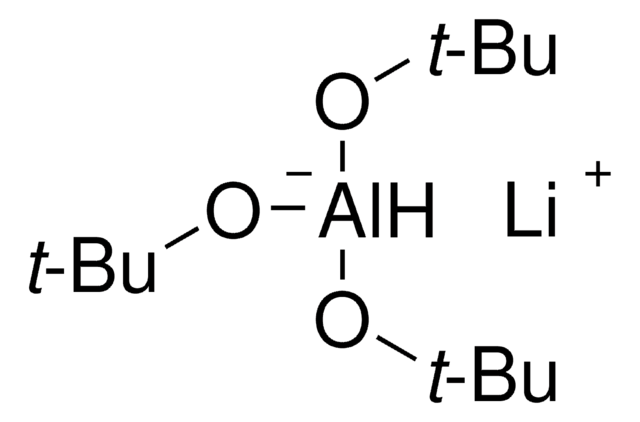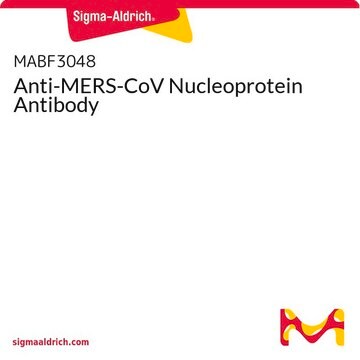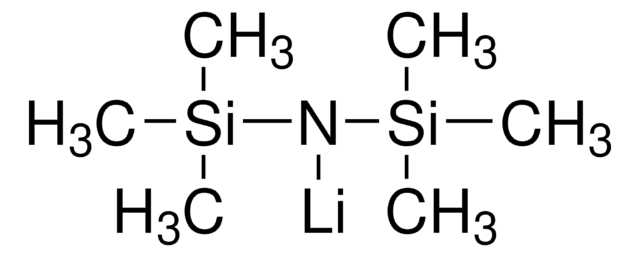658235
Lithium dimethylaminoborohydride solution
1 M in THF
Synonyme(s) :
N-Methylmethanamine boron complex, Lithium (dimethylamino)trihydroborate, Lithium trihydro(N-methylmethanaminato)borate
About This Item
Produits recommandés
Pertinence de la réaction
reagent type: reductant
Concentration
1 M in THF
Indice de réfraction
n20/D 1.423
Densité
0.882 g/mL at 25 °C
Température de stockage
2-8°C
Chaîne SMILES
[Li+].[BH3-]N(C)C
InChI
1S/C2H9BN.Li/c1-4(2)3;/h1-3H3;/q-1;+1
Clé InChI
CEDUMRZWZLVFKS-UHFFFAOYSA-N
Catégories apparentées
Description générale
Application
Reactant for:
- B-H oxidative addition reactions
- Reduction and amination reactions
- Reduction of N-alkyl lactams
- Synthesis of tertiary amine-boranes
Mention d'avertissement
Danger
Mentions de danger
Classification des risques
Acute Tox. 4 Oral - Carc. 2 - Eye Irrit. 2 - Flam. Liq. 2 - STOT SE 3
Organes cibles
Respiratory system
Risques supp
Code de la classe de stockage
4.3 - Hazardous materials which set free flammable gases upon contact with water
Classe de danger pour l'eau (WGK)
WGK 3
Point d'éclair (°F)
1.4 °F - closed cup
Point d'éclair (°C)
-17 °C - closed cup
Faites votre choix parmi les versions les plus récentes :
Déjà en possession de ce produit ?
Retrouvez la documentation relative aux produits que vous avez récemment achetés dans la Bibliothèque de documents.
Les clients ont également consulté
Articles
Lithium aminoborohydride (LAB) reagents are a new class of powerful and selective reagents developed in the laboratory of Professor Bakthan Singaram at the University of California, Santa Cruz.
Lithium aminoborohydride (LAB) reagents are a new class of powerful and selective reagents developed in the laboratory of Professor Bakthan Singaram at the University of California, Santa Cruz.
Contenu apparenté
here are many optically active organic compounds of biological and medicinal significance. For example, statine analogs, antibiotics, anesthetics, heterocyclic compounds, unusual amino acids, and insect pheromones all contain stereogenic centers. There is, therefore, a continuous need for new asymmetric methodology.
Notre équipe de scientifiques dispose d'une expérience dans tous les secteurs de la recherche, notamment en sciences de la vie, science des matériaux, synthèse chimique, chromatographie, analyse et dans de nombreux autres domaines..
Contacter notre Service technique







![[1,1′-Bis(diphénylphosphino)ferrocène]dichloropalladium(II), complexe avec le dichlorométhane](/deepweb/assets/sigmaaldrich/product/structures/825/986/4317978b-1256-4c82-ab74-6a6a3ef948b1/640/4317978b-1256-4c82-ab74-6a6a3ef948b1.png)


